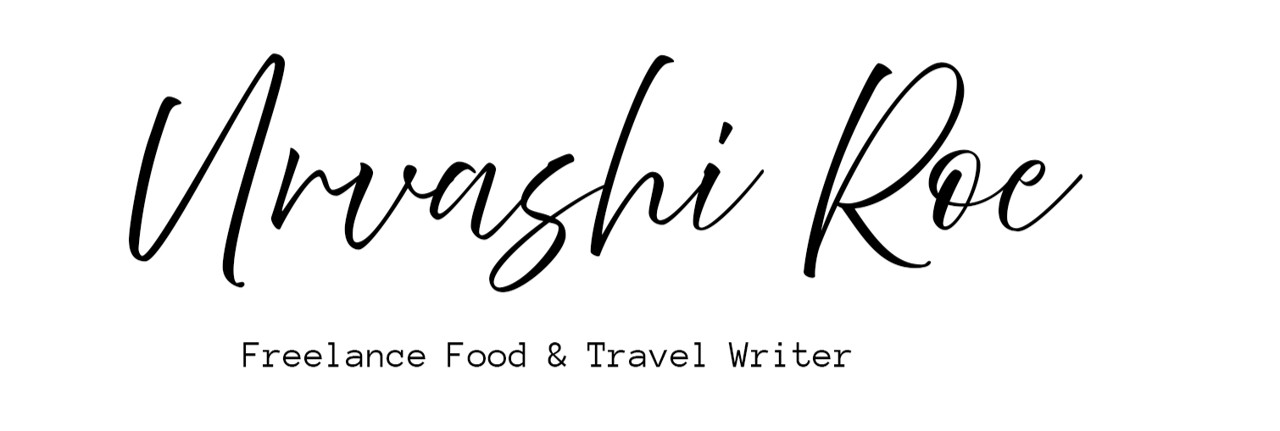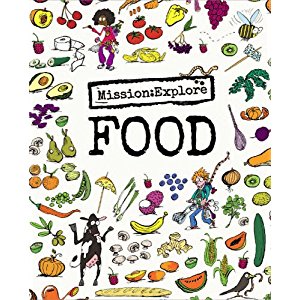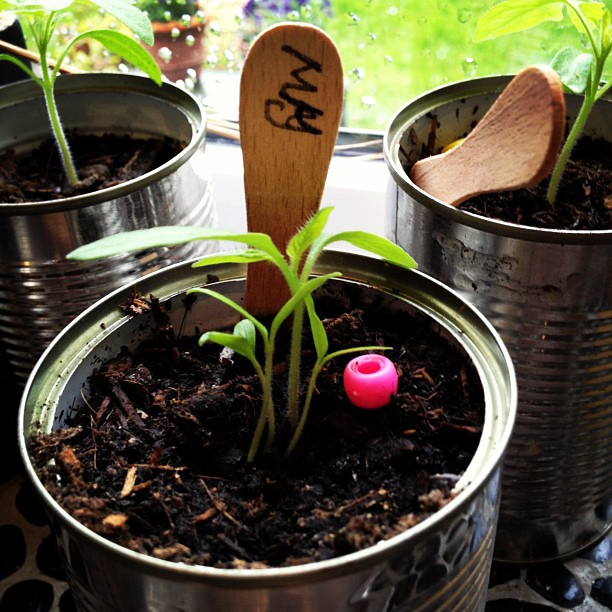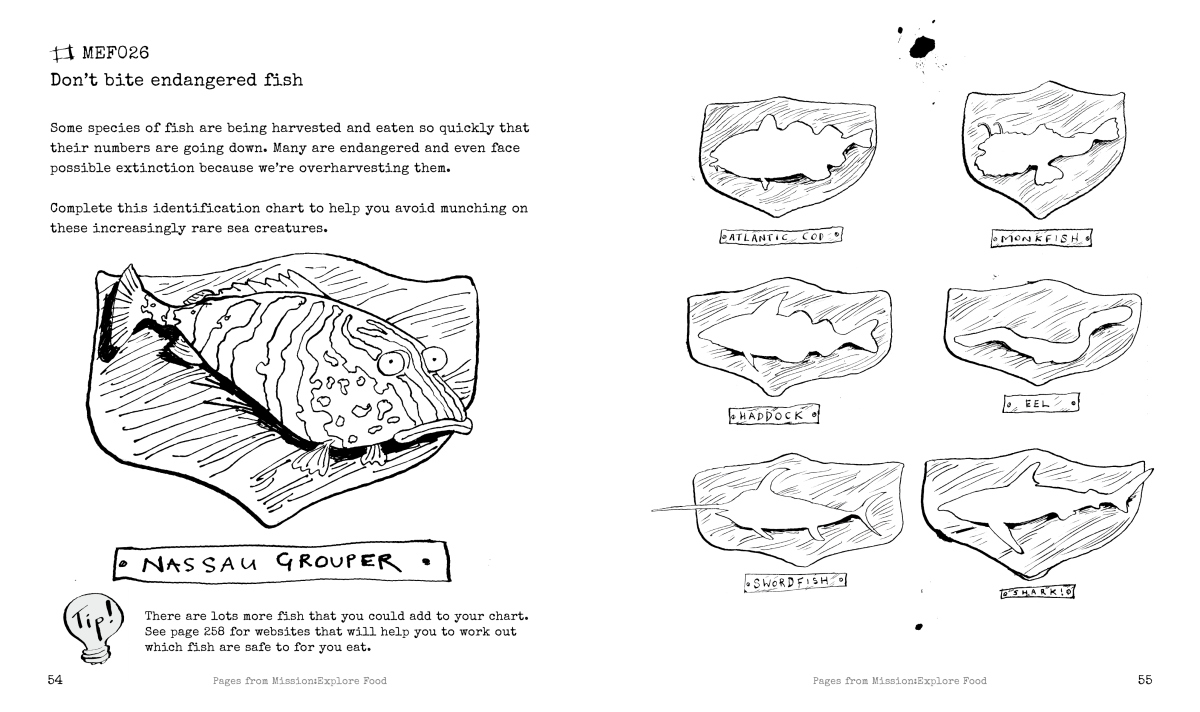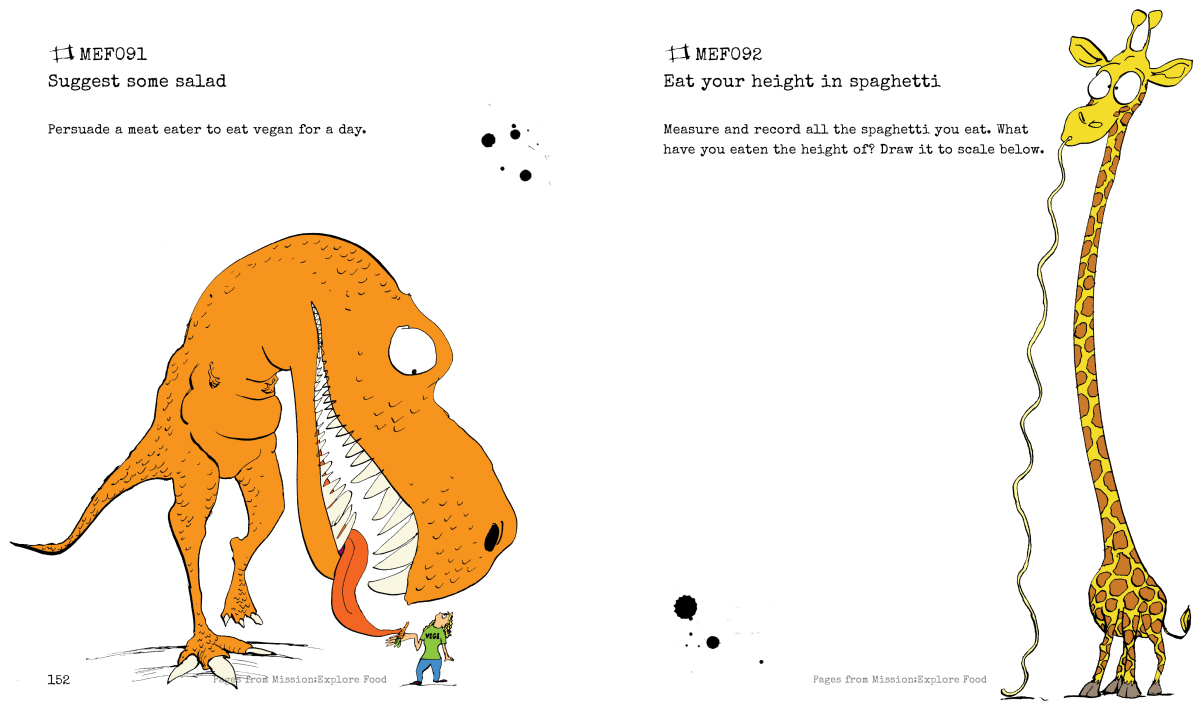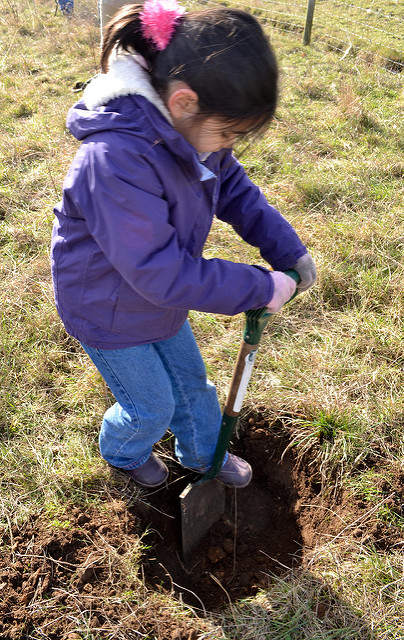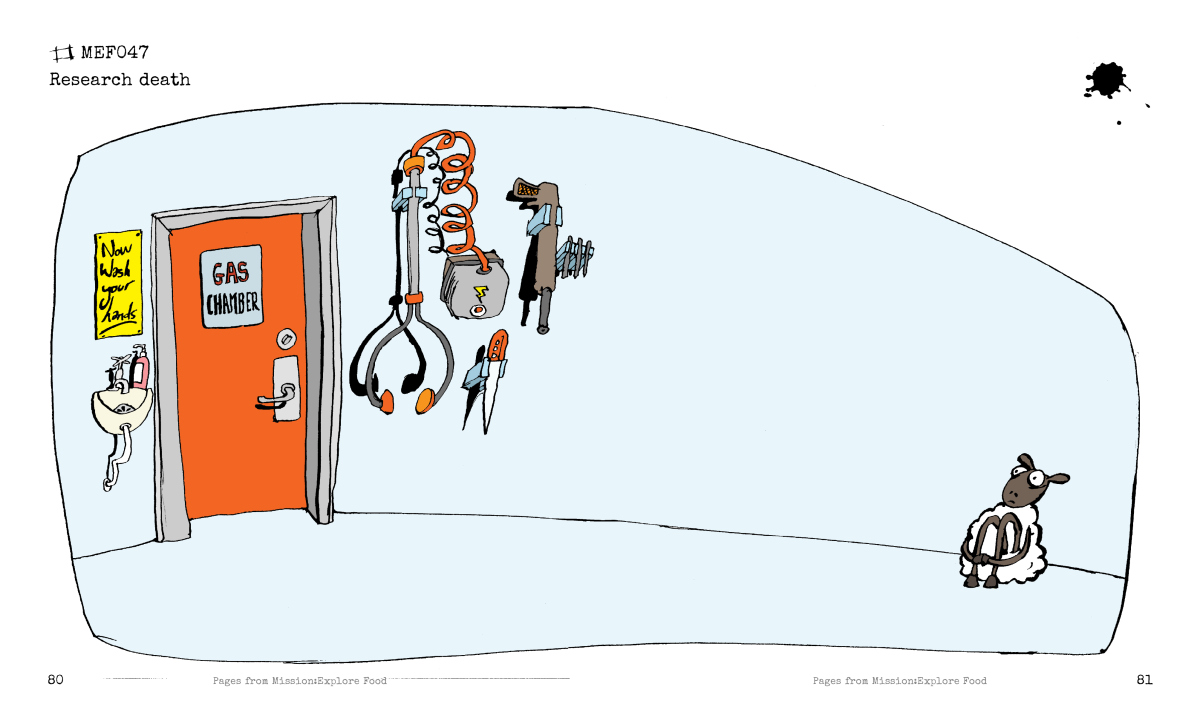This is the perfect book if you want to help your children understand the full cycle of food and have a lot of fun.
I think it’s really important that children have a good relationship with food and the authors of this book feel the same which is why I connected with it straight away. It’s not a children’s cook book. It’s not a book about how to grow food with your children. It’s about helping them understand where food comes from and empathising with the people, places and animals that produce it.
It’s split into six main chapters. First up is ‘Grow‘ which encompasses lots of educational and fun activities – some out and about and looking at how things grow and some for rainy days like drawing up a ‘scarecrow’ and a ‘friendlycrow’.
We grew tomatoes from seed and challenged ourselves with the ‘Growing Olympics’. Mine was the fastest. Amy’s was the prettiest. Amber’s was the tallest and Daddy Roe’s was the ugliest. Lots and lots of debate in the household about the whys and wherefores of this which was brilliant and most importantly all prompted by the children.
Next up is ‘Harvesting‘ which covers hunting, gathering, farming and shopping. There are activities on fish, meat and vegetables and inspired by this we visited our local fishmonger to see how many varieties we could find. The girls had read the section about the different types and were rather inquisitive which perhaps was not the best thing for the fishmonger on a busy Saturday.
The chapter on ‘Cooking’ covers how to make fire, cooking without energy (in acid) and without ovens (drying). There are so many inventive recipes in here all creatively presented to appeal to a range of age groups. There are also lots of activities to encourage understanding of international foods such as the ‘Cultural Mashup Game’. We came up with Indian Chappati + Pizza = Chappati Pizza. Worked quite well but more importantly it got them talking and eating.
This chapter merges a little with the ‘Eat’ chapter which also covers how to eat, utensils, types of diets. Amy’s on a Jewish diet at the moment as she’ll be visiting a Synagogue with school soon. Amber wanted to have a go at being Vegan but discovered she would not be able to eat ham so that ended before it begun.
The ‘Waste’ chapter is probably the most interesting for little ones fascinated by poo. My girls weren’t too fussed about this one but we did fill in the international ‘Where has my bum been’ map and strangely this led to a conversation about poo cakes in Africa used as roof tiles.
And finally on to ‘Soil’ which covers making soil, feeding and caring for it and testing for how acid it is. This really came to life on our visits to the community orchard where we volunteer. The girls were off doing their little soil sample tests and having a little dig.
Throughout this book, the ideas are presented in fun and quirky illustrations so they are eye catching for the children. The language of the text is easy for primary school aged children but the activities could also appeal to slightly older children if adapted and there is a lot of philosophical debate that could be had. For example the below about ‘food death’.
I’m pretty creative but this book gave me so many ideas about how to help my children understand what brings their food to the table. It’s truly a work of genius. Thank you to the Mission Explore team for sending me a review copy.
Book details
Hardcover: ISBN: 9781904872443 : £20
Stay in touch with the authors
